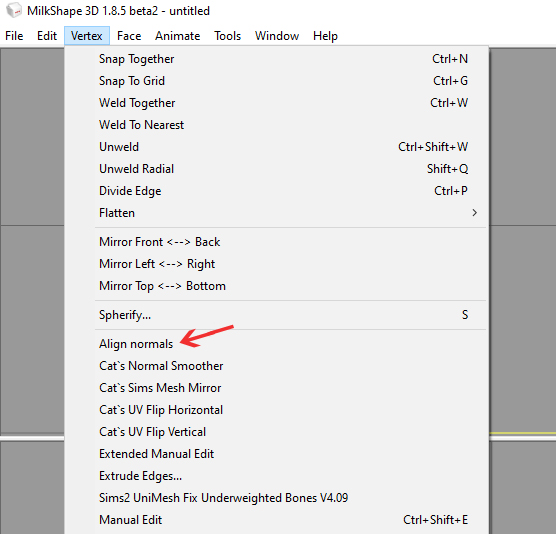Replies: 18 (Who?), Viewed: 4273 times.
#1
 5th Jun 2022 at 12:07 AM
Last edited by It’s Cassney, simtch : 5th Jun 2022 at 12:52 AM.
5th Jun 2022 at 12:07 AM
Last edited by It’s Cassney, simtch : 5th Jun 2022 at 12:52 AM.
#2
 5th Jun 2022 at 12:12 AM
5th Jun 2022 at 12:12 AM
#3
 5th Jun 2022 at 2:51 AM
5th Jun 2022 at 2:51 AM
#4
 5th Jun 2022 at 5:34 PM
5th Jun 2022 at 5:34 PM
#5
 5th Jun 2022 at 8:58 PM
5th Jun 2022 at 8:58 PM
#6
 5th Jun 2022 at 9:32 PM
5th Jun 2022 at 9:32 PM
#7
 5th Jun 2022 at 10:35 PM
5th Jun 2022 at 10:35 PM
#8
 6th Jun 2022 at 12:30 AM
Last edited by It’s Cassney, simtch : 6th Jun 2022 at 12:42 AM.
6th Jun 2022 at 12:30 AM
Last edited by It’s Cassney, simtch : 6th Jun 2022 at 12:42 AM.
#9
 6th Jun 2022 at 12:32 AM
6th Jun 2022 at 12:32 AM
#10
 6th Jun 2022 at 2:42 AM
6th Jun 2022 at 2:42 AM
#11
 6th Jun 2022 at 3:59 AM
6th Jun 2022 at 3:59 AM
#12
 6th Jun 2022 at 4:43 AM
Last edited by simmer22 : 6th Jun 2022 at 5:03 AM.
6th Jun 2022 at 4:43 AM
Last edited by simmer22 : 6th Jun 2022 at 5:03 AM.
#13
 6th Jun 2022 at 4:23 PM
6th Jun 2022 at 4:23 PM
#14
 6th Jun 2022 at 5:11 PM
Last edited by simmer22 : 6th Jun 2022 at 5:23 PM.
6th Jun 2022 at 5:11 PM
Last edited by simmer22 : 6th Jun 2022 at 5:23 PM.
#15
 6th Jun 2022 at 5:44 PM
6th Jun 2022 at 5:44 PM
#16
 6th Jun 2022 at 7:50 PM
Last edited by simmer22 : 6th Jun 2022 at 8:06 PM.
6th Jun 2022 at 7:50 PM
Last edited by simmer22 : 6th Jun 2022 at 8:06 PM.
#17
 6th Jun 2022 at 8:06 PM
6th Jun 2022 at 8:06 PM
#18
 6th Jun 2022 at 8:24 PM
6th Jun 2022 at 8:24 PM
#19
 7th Jun 2022 at 6:32 PM
7th Jun 2022 at 6:32 PM
|
|

 Sign in to Mod The Sims
Sign in to Mod The Sims The issue was that the second subset’s name didn’t match the name of the dress’s group in milkshape, the dress appeared when i changed the name. However i did get another issue with textures after that. I replaced the textures with the Build DXT method, and while the dress looks fine, for some reason the shoes look really weird. How could i fix this?
The issue was that the second subset’s name didn’t match the name of the dress’s group in milkshape, the dress appeared when i changed the name. However i did get another issue with textures after that. I replaced the textures with the Build DXT method, and while the dress looks fine, for some reason the shoes look really weird. How could i fix this?
